Is there a way to first change the facet label from 1:3 to something like c(good, bad, ugly). Also, i would like to add R2 value to each of the facet. Below is my code- i tried a few things but didn't succeed.
DF = data.frame(SUB = rep(1:3, each = 100), Ob = runif(300, 50,100), S1 = runif(300, 75,95), S2 = runif(300, 40,90),
S3 = runif(300, 35,80),S4 = runif(300, 55,100))
FakeData = gather(DF, key = "Variable", value = "Value", -c(SUB,Ob))
ggplot(FakeData, aes(x = Ob, y = Value))+
geom_point()+ geom_smooth(method="lm") + facet_grid(Variable ~ SUB, scales = "free_y")+
theme_bw()
Here is the figure that i am getting using above code.
 I tried below code to change the facet_label but it didn't work
I tried below code to change the facet_label but it didn't work
ggplot(FakeData, SUB = factor(SUB, levels = c("Good", "Bad","Ugly")), aes(x = Ob, y = Value))+
geom_point()+ geom_smooth(method="lm") + facet_grid(Variable ~ SUB, scales = "free_y")+
theme_bw()
I do not have any idea how to add R2 to the facets. Is there any efficient way of computing and R2 to the facets?
